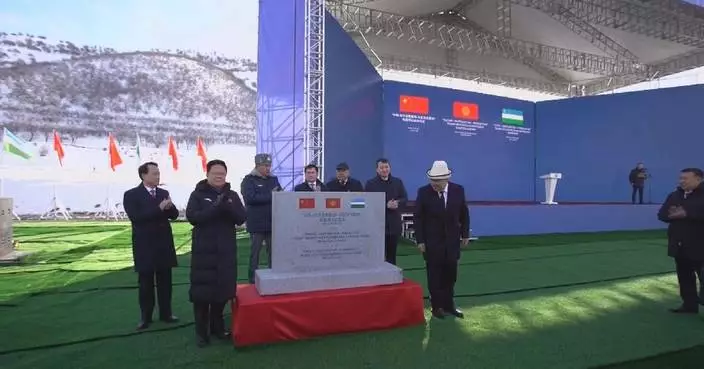Patriotic education activities have been carried out across China to honor those who died in the war of resistance against Japanese aggression, as Aug 15 this year marks the 79th anniversary of Japan's unconditional surrender in World War II (WWII).
In a poignant gesture of remembrance, a group of students from Zhangwan, a town in east China's Shandong Province, visited an exhibition hall in a model village in the war of resistance against Japanese aggression.
Students delved into the vivid narratives of the village's valiant stand against Japanese aggression during the war. The artifacts on display, including rusted weapons and relics of the era, serve as tangible reminders of the courage and resilience exhibited by the villagers in the face of adversity.
At the Museum of the Chinese People's War of Resistance Against Japanese Aggression in the Chinese capital city Beijing, there has been a noticeable increase in visitors, as Aug 15 approaches.
"Since it's summer vacation, I bring my children here to learn about the history of the war of resistance against Japanese aggression. I hope they will learn about the past and understand how hard-won our current peaceful and stable life is," said Zhou Lihong, a visitor.
To provide visitors with a deeper understanding of the contributions of Macao compatriots to the war of resistance against Japanese aggression, the museum works jointly with the Oral History Association of Macao to stage a photo exhibition.
"We hope to inspire more people to continually contribute to the great rejuvenation of the Chinese nation through this exhibition," said Lai Shengliang, deputy curator of the Museum of the Chinese People's War of Resistance Against Japanese Aggression.

China marks 79th anniversary of Japan's unconditional surrender in World War II









